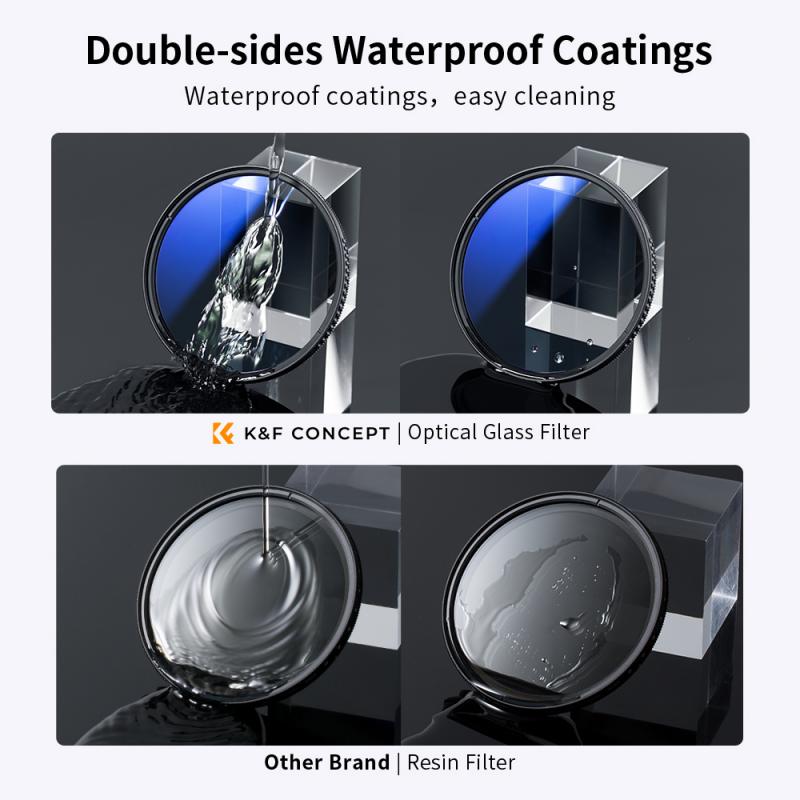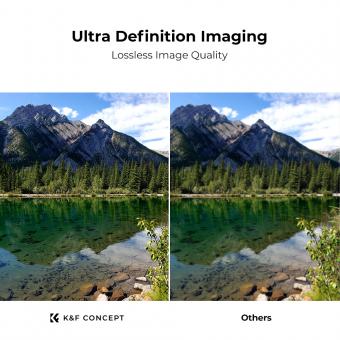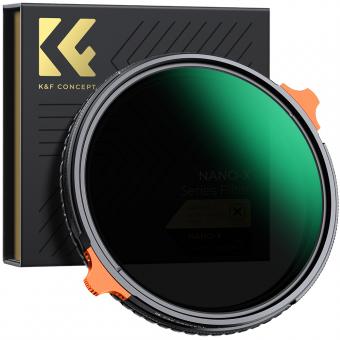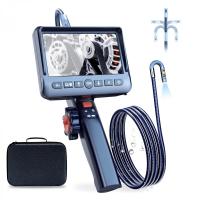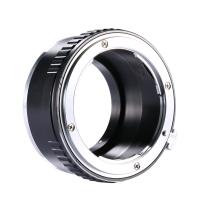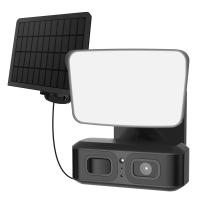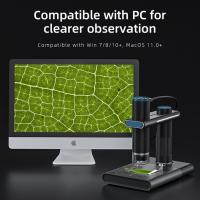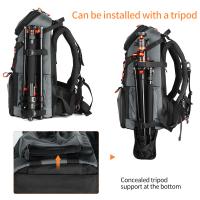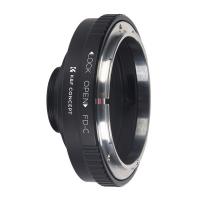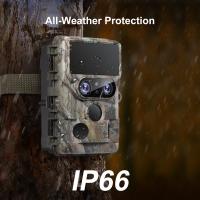What Is A Cpl Filter For Camera ?
A CPL filter, also known as a Circular Polarizing filter, is an optical filter that is commonly used in photography. It is designed to reduce glare and reflections from non-metallic surfaces, such as water or glass, and enhance color saturation. The filter achieves this by selectively blocking certain polarized light rays that are aligned in a specific direction. By rotating the filter, photographers can adjust the amount of polarization effect desired in their images. Additionally, CPL filters can also darken skies, making clouds stand out more prominently. They are typically attached to the front of a camera lens and are widely used in landscape, nature, and architectural photography to improve image quality and achieve desired visual effects.
1、 Definition and Purpose of CPL Filter for Camera
A CPL (Circular Polarizing) filter for a camera is an essential accessory that helps to enhance the quality of photographs by reducing glare and reflections. It is a circular-shaped filter that can be attached to the front of a camera lens.
The primary purpose of a CPL filter is to control and manipulate the light that enters the camera. It achieves this by selectively blocking certain polarized light waves while allowing others to pass through. This results in a reduction of glare and reflections from non-metallic surfaces such as water, glass, and foliage.
By using a CPL filter, photographers can capture more vibrant and saturated colors, especially in outdoor scenes. It helps to deepen the blue of the sky, make clouds more prominent, and increase the contrast between the sky and clouds. Additionally, it can also enhance the visibility of underwater subjects by reducing the glare caused by the water's surface.
Furthermore, a CPL filter can also be used to improve the overall image quality by reducing haze and increasing the clarity of distant objects. It can be particularly useful in landscape photography, where it helps to bring out the details in mountains, forests, and other natural elements.
In recent years, CPL filters have become increasingly popular among photographers due to their ability to enhance the visual impact of images. With advancements in technology, CPL filters are now available in various sizes and can be easily attached to different camera lenses. They are a valuable tool for both amateur and professional photographers, allowing them to capture stunning and captivating images with improved color saturation and reduced reflections.
In conclusion, a CPL filter for a camera is a versatile accessory that helps to control and manipulate light, reducing glare and reflections. Its primary purpose is to enhance the quality of photographs by deepening colors, increasing contrast, and improving overall image clarity.

2、 Polarizing Effect and Light Reflection Reduction
A CPL filter, also known as a circular polarizing filter, is an essential accessory for photographers using a camera. It is a versatile tool that serves multiple purposes, primarily providing a polarizing effect and reducing light reflections.
The primary function of a CPL filter is to enhance the colors and contrast in a photograph by reducing glare and reflections. It achieves this by selectively blocking certain polarized light waves that are responsible for causing reflections. This is particularly useful when shooting landscapes, as it helps to deepen the blue skies, make clouds more prominent, and reduce reflections on water or glass surfaces. By eliminating unwanted reflections, the CPL filter allows photographers to capture more vibrant and detailed images.
Additionally, a CPL filter can also improve the overall image quality by reducing haze and increasing the saturation of colors. It can be particularly beneficial in outdoor photography, where the sun is at a high angle, as it helps to cut through the atmospheric haze and produce clearer and more vivid images.
From a latest point of view, CPL filters have become increasingly popular due to their ability to enhance the image quality without the need for post-processing. They are widely used by both amateur and professional photographers to achieve stunning results straight out of the camera.
In conclusion, a CPL filter is a valuable tool for photographers as it provides a polarizing effect, reduces light reflections, enhances colors, and improves overall image quality. It is an essential accessory for anyone looking to capture vibrant and captivating photographs, particularly in outdoor and landscape photography.
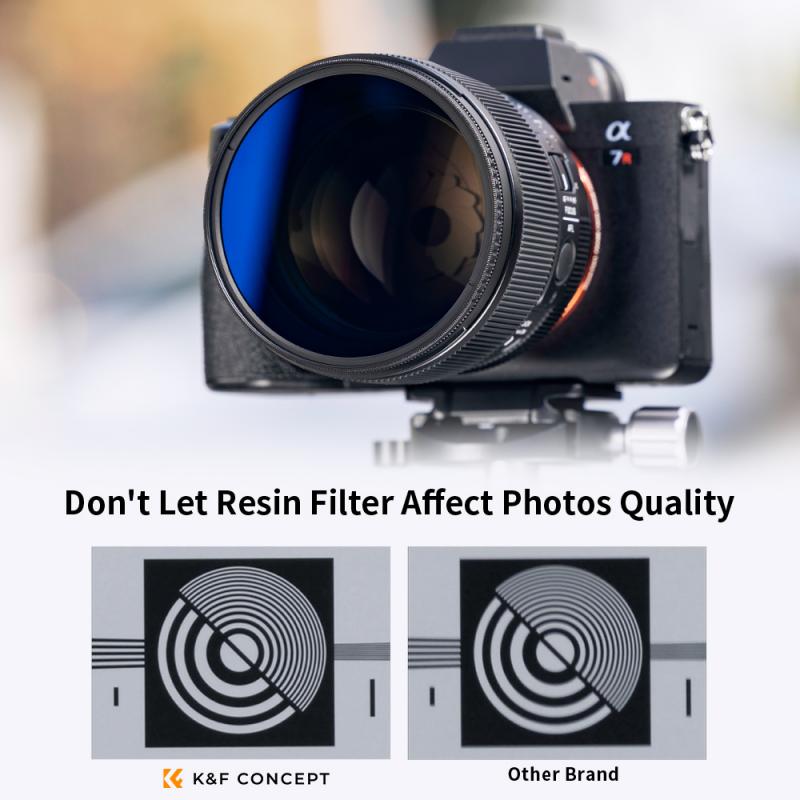
3、 Enhancing Color Saturation and Contrast in Photography
A CPL (Circular Polarizing) filter for a camera is a popular accessory used by photographers to enhance color saturation and contrast in their photographs. It is a circular filter that can be attached to the front of a camera lens.
The primary function of a CPL filter is to reduce glare and reflections from non-metallic surfaces such as water, glass, and foliage. By rotating the filter, photographers can adjust the amount of polarization to achieve the desired effect. This allows for the elimination of unwanted reflections, resulting in clearer and more vibrant images.
In addition to reducing glare, a CPL filter also enhances color saturation and contrast. It does this by selectively blocking certain polarized light waves, which can make colors appear more vibrant and details more pronounced. This can be particularly useful when photographing landscapes, where the filter can make the sky appear bluer, clouds more defined, and foliage more lush.
Furthermore, a CPL filter can also improve the overall image quality by reducing atmospheric haze. It can help to cut through the haze and provide a clearer view of distant subjects, resulting in sharper and more detailed photographs.
From a latest point of view, CPL filters continue to be widely used by photographers, especially landscape and nature photographers. With advancements in filter technology, CPL filters are now available in various sizes and are compatible with different camera systems. Additionally, some filters are now multi-coated to minimize reflections and improve image quality further.
Overall, a CPL filter is a valuable tool for photographers looking to enhance color saturation, contrast, and overall image quality in their photographs. It allows for greater creative control and can significantly improve the visual impact of the final image.
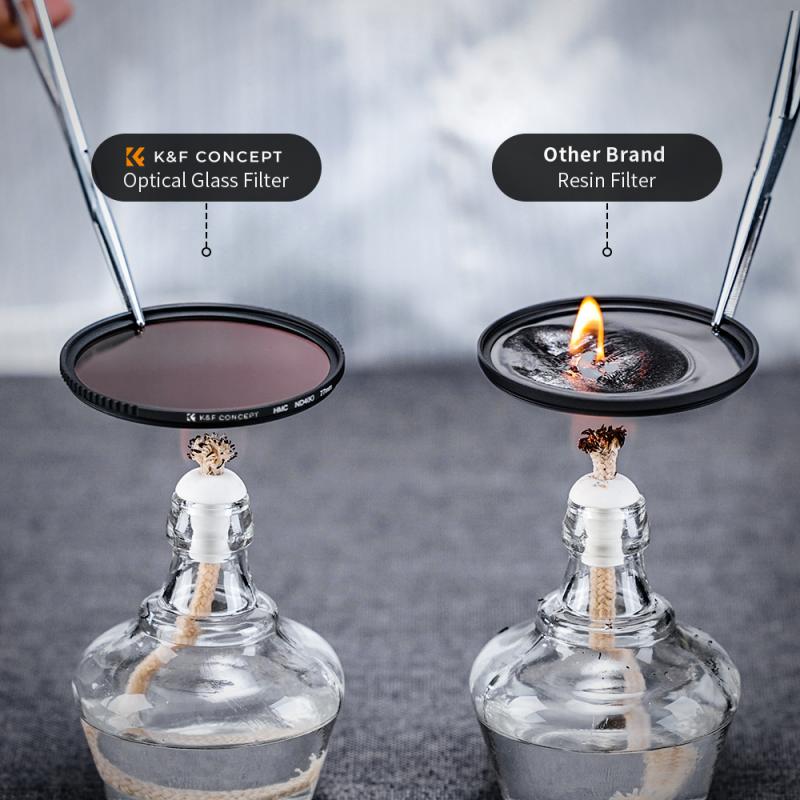
4、 Reducing Glare and Reflections from Non-Metallic Surfaces
A CPL (Circular Polarizing) filter for a camera is a type of optical filter that is commonly used in photography to reduce glare and reflections from non-metallic surfaces. It is a circular version of a linear polarizing filter, designed specifically for use with autofocus and metering systems in modern cameras.
The primary purpose of a CPL filter is to enhance the overall image quality by reducing unwanted reflections and glare. It achieves this by selectively blocking certain polarized light waves that are reflected off non-metallic surfaces such as water, glass, and foliage. By rotating the filter, photographers can adjust the amount of polarization to achieve the desired effect.
Reducing glare and reflections is particularly useful in landscape photography, where water and glass surfaces often create unwanted reflections that can obscure details and reduce overall image clarity. By using a CPL filter, photographers can capture vibrant colors, increased contrast, and improved saturation in their images.
In addition to reducing glare and reflections, CPL filters also have other benefits. They can enhance the appearance of skies by darkening the blue color and making clouds stand out more. They can also help to reduce haze and atmospheric pollution, resulting in clearer and more detailed images.
It is important to note that CPL filters work best when the light source is at a 90-degree angle to the subject. Therefore, they are most effective when shooting outdoors during the day, with the sun positioned to the side of the photographer.
In conclusion, a CPL filter for a camera is a valuable tool for photographers, especially in landscape photography. It helps to reduce glare and reflections from non-metallic surfaces, resulting in improved image quality, enhanced colors, and increased contrast.
